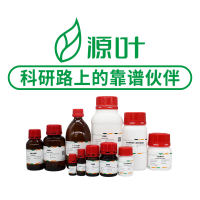Immobilization of Bacteria in Macro- and Microparticles
互联网
411
Microencapsulation of bacteria is a technique that offers some advantages to the scientist interested in bioremediation applications. Several studies have demonstrated the utility of using immobilized cells in btoreactor (see Chapter 6 ) or bioremediation settings (it1 -it4 ). In this chapter, we describe three protocols for the immobilization of bacteria in macroparticles (200 �m-3 mm diameter) and microparticles (2-200 �m diameter) composed of different polymers. We provide information on the choice of polymers and particle sizes and the environmental applications of rmmobilized cells. Other sources provide information about immobilization and encapsulation that is beyond the scope of this chapter, such as the encapsulation of enzymes or fungi (see Chapter 7 ) or eukaryotic cells. Kolot (it5 ) provides protocols for immobilizing yeast, bacteria, and enzymes for industrial apphcations. Akin (it6 ) (and references therem) provide a review of how rmmobrlization may enhance several catalytic processes The ACS symposium proceedings, Immobilized Microbial Cells (it7 ), provides summary accounts of tmmobilizing bacteria in several natural and synthetic polymers. Saher (it8 ) also provides some recent developments in the immobilization of cells.









